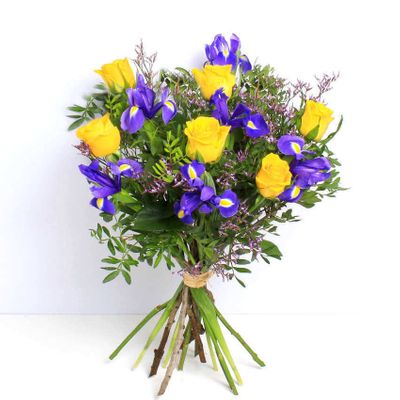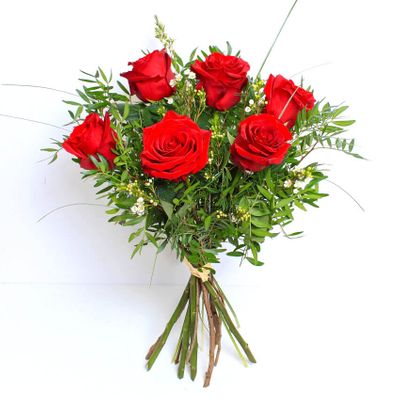Kanes Quality Florist is a local, artisanal florists with a team of dedicated and passionate staff who find inspiration in the hidden natural beauty of Croydon. The history of the area is also a source of pride and we want to share some of the reasons why. Flowers can thrive in the most unlikely places and we believe such resilience should be celebrated.
Croydon is one of the largest commercial districts in greater London and the town has a population of approximately 200,000. It is also the principal residential area in the London Borough of Croydon, which has a population of around 400,000, and is only 15km south of Charing Cross. References to the town can be found in the Domesday Book, when there was a church, a mill and 365 inhabitants. The town expanded in the Middle Ages, primarily as a market town, but also as a centre for leather tanning, brewing and charcoal production. Historically it was part of the county of Surrey, and still retains some remnants of its market town past despite its rapid expansion during the Industrial Revolution. The fact that Charles Darwin’s home, Down House, which remains much as it was during his lifetime and is now a museum, is a local highlight has inspired many amateur and professional florists, and shows that there are still plenty of green space to be found in the heart of the London.
The entire borough is littered with woodland, both ancient and new growth, and accounts for 8.5% of Greater London’s woodland area, over 640 hectares. Lloyd Park is one such example of mature woodland and parkland, covering 46 hectares, and is also a prime site to see local flowers, such as the cowslip (Primula veris), the county flower of Surrey. Another example of the woodland that was once ubiquitous is Croham Hurst, a 33.6 hectare Site of Special Scientific Interest. Here can be found a rich variety of plant and herb life that thrives in the locality’s chalk rich soils. There is evidence that human habitation here dates back thousands of years. Two huts with low turf walls were uncovered here in 1968 and found to be part of a Mesolithic settlement dating from 5000-3000BC. The site is also home to a Bronze Age round barrow.
Riddlesdown Common is another Site of Special Scientific Interest in Croydon and covers 32 hectares. It is primarily a herb rich chalk grassland, in fact it is the largest calcareous scrub in Greater London. There are two nationally rare herb species to be found here, early gentian (Gentianella anglica) and round-headed rampion. There are also rare flowers which thrive here, namely a number of orchid species that were thought to be extinct across London. It is no wonder our florists find inspiration here!
A short distance north of the town lies perhaps the most hidden of the hidden gems to be found on our doorstep. The South London Botanical Institute was founded in 1910 by Allan Octavian Hume, who spent years in India where his love of the natural world was cemented. It is located in an unassuming Victorian house purchased with the sole intention of providing budding florists with an opportunity to experience some of the exotic plants and flowers the world has to offer. There are over 40,000 specimens of pressed flowers housed in the herbarium, including a poppy pressed by Hume himself in 1898. Overall there are in excess of 80,000 flowers, plants and grasses stored here, which is particularly impressive as the room is no larger than an average sitting room.
This varied and little known, history is an endless source of inspiration for the florists at Kanes Quality Florist, and we believe this fact makes us unique. Our artisanal florists are ready to provide bouquet for any occasion at your convenience.








